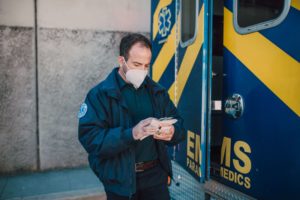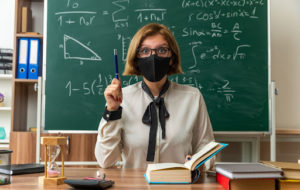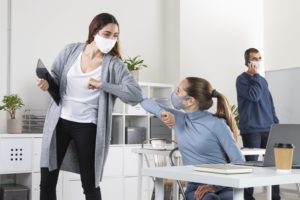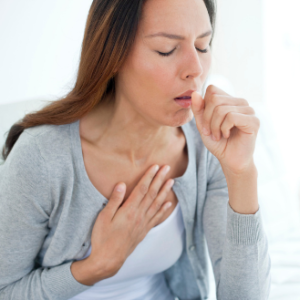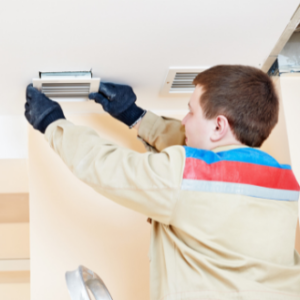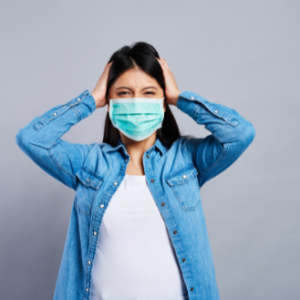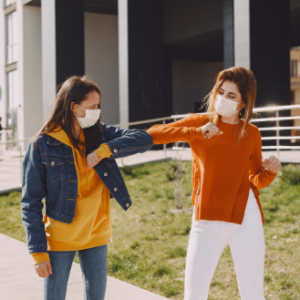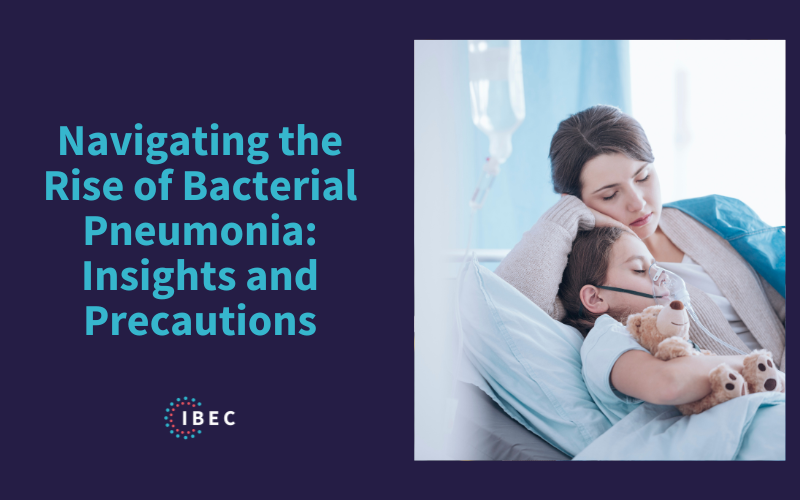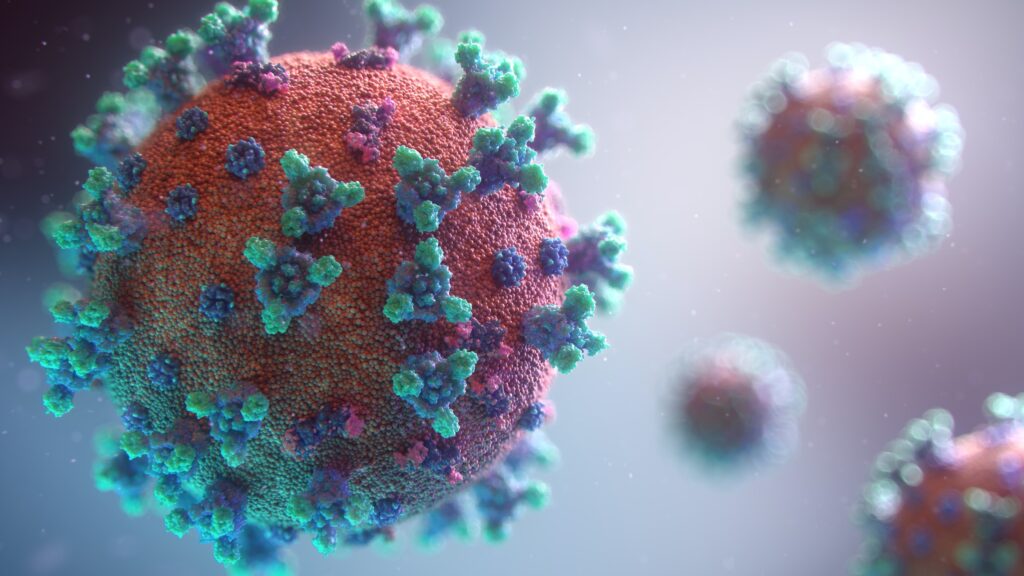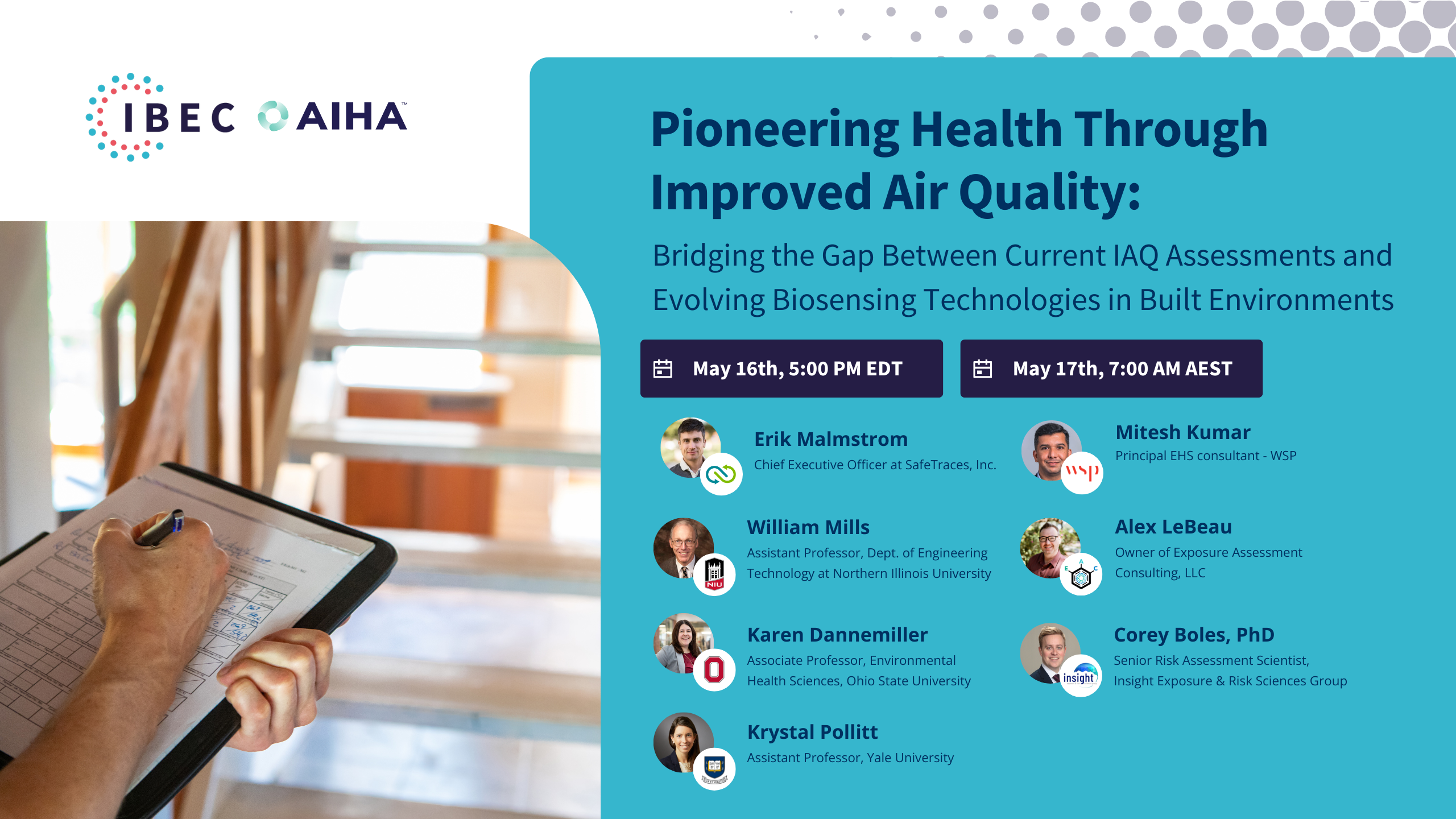Staying Ahead of Severe GAS Infections and Other Secondary Bacterial Infections
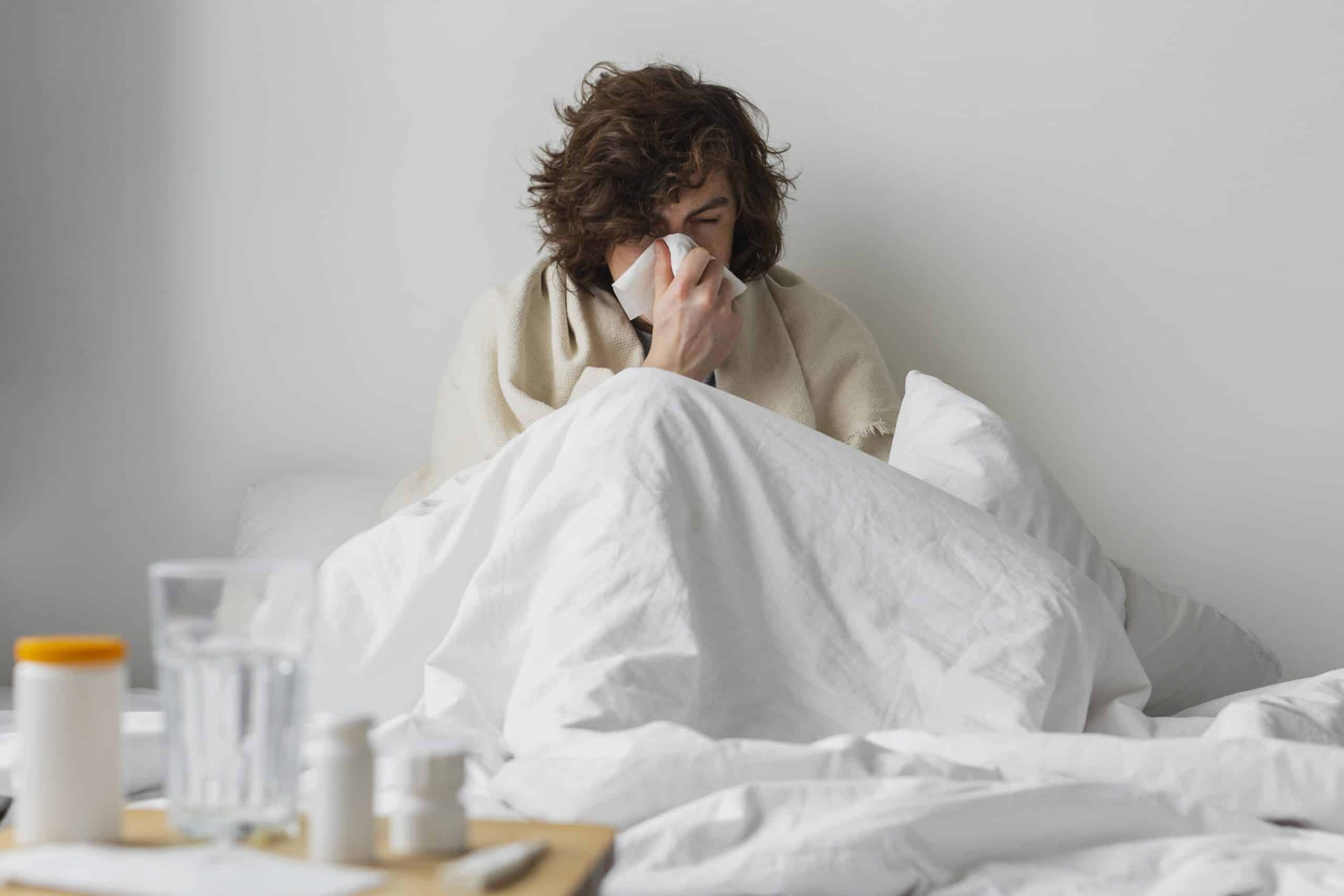
Severe Group A Streptococcal (GAS) infections, including invasive disease (iGAS), can lead to life-threatening illness and death.
CDC is looking into an increase in invasive group A strep (iGAS) infections in children in the United States, including necrotizing fasciitis and streptococcal toxic shock syndrome.
Our front-line healthcare workers also report increases in iGAS in other regions, including the UK and EU, and suspected increases in secondary bacterial pneumonia.
Getting the flu and COVID-19 virus can also increase severe outcomes from GAS and other secondary bacterial infections.
To protect yourself and those around you, it’s important to understand the causes and risk factors of severe GAS and other types of streptococcal infections, such as bacterial pneumonia, acute rheumatic fever, and rheumatic heart disease.
The experts advise that early detection and appropriate treatment are key to avoiding life-threatening illnesses.
Chest X-rays can increase early identification, and routine cultures are advisable in patients hospitalized with influenza, particularly those started on antibiotic therapy.
To mitigate the effects of iGAS, it’s important to stay up to date with vaccines, including the flu, varicella, COVID-19, and chickenpox.
It’s also important to be aware of the current national shortage of the liquid antibiotic amoxicillin suspension, most often prescribed to children to treat group A strep infections.
Finally, reducing exposure to infectious diseases through the “4 Ds” – Duration, Density, Dilution, and Distance – is the most important thing you can do to reduce its spread.
For more information on severe GAS infections and other secondary bacterial infections, sign up to download our comprehensive guide now.
In it, you’ll learn about the latest research and expert advice to help keep you and your communities safe.
Download Your Guide Here
Related Blogposts
NIOSH Hierarchy of Controls for Public Transport
In our latest CLEAN Lessons Learned Session – Making Confidence Our Travel Companion: Managing the environment to reduce public transport transmission, we discussed how the…
How to Protect first responders from the Spread of Covid-19
After the impact of COVID-19 on our society, it has become evident that one of the industries whose workers are most affected is first responders.…
How to Protect teachers and educators from the Spread of Covid-19
It’s not a surprise that one of our society’s most affected industrial sectors is the education sector. Despite the 2020-21 academic year ending better than…
How to Protect Agriculture Workers from the Spread of Covid-19
The construction industry has been significantly affected by the COVID-19 pandemic while being challenged to improve its workforce safety and well-being. Since COVID-19 started, there…
Interview with J. Frederick: COVID-19 and vulnerable workers
Since COVID-19 started, we have been looking for the right resources and standards to navigate our experience in the world safely. All over the world,…
How To Improve Indoor Air Quality – An OSTP Discussion on COVID
The Biden-Harris Administration identified improved indoor air quality as an essential tool to fight the spread of airborne diseases in the American Pandemic Preparedness Plan…
Why Did It Take So Long To Accept COVID Is Airborne?
This is an extract from our August CLEAN Lessons Learned session “Getting Serious About Airborne Infection Transmission” where Dr. Lidia Morawska gave a presentation about…
Top Guidelines To Follow In The COVID-19 Era
This is an extract of our CLEAN Lessons Learned September session: Resilience, Recovery, Return: Getting back to School Confidently and Safely. To have access to…
COVID 19 Crisis Response, Mental Fatigue & Resilience
This is an extract from our October CLEAN Lessons Learned session “Reducing Exposure to COVID-19: The Human Factors” where Dr. Melissa Marot gave a presentation…
Beyond COVID-19
Strategies to go beyond COVID-19 with Dr. Lidia Morawska.
- « Previous
- 1
- 2
Interdisciplinary Collaboration in Environmental Science: Pioneering Health Solutions with IBEC’s New CSO
The Integrated Bioscience and Built Environment Consortium (IBEC) proudly introduces its new Chief Scientific Officer (CSO), Stephane…
Navigating the Rise of Bacterial Pneumonia: Insights and Precautions
Navigating the Rise of Bacterial Pneumonia: Insights and Precautions As winter’s chill sets in, health professionals and…
New COVID-19 Variant JN.1 Raises in the United States
JN.1 is a highly contagious, fast-spreading subvariant of omicron that has become the dominant strain in the…


